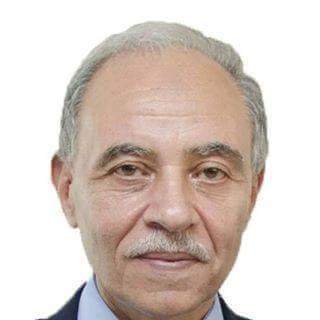The Reconstruction of Tomb Siut II from the Middle Kingdom
Meike Becker
In the necropolis of Asyut one can find some of the largest examples of ancient Egyptian private tomb architecture. The lecture deals with the tomb of the 12th Dynasty nomarch Djefai-Hapi II.
In contrast to the long known and well described tombs of the local nomarchs Cheti I (Tomb M11.1, Siut V), Iti-Ibi (Tomb N12.1, Siut III) and Cheti II (Tomb N12.2, Siut IV) from the First Intermediate Period and the tomb of 12th Dynasty nomarch Djefai-Hapi I (Tomb P10.1, Siut I), the huge tomb of Djefai-Hapi II (O13.1 Siut II) has often been neglected.
This is probably due to the poor state of preservation of the surviving inscriptions. Already the Napoleonic Expedition could document only fragments of the decoration of the entrance. Since then only few publications refer to Tomb Siut II. It is mentioned e.g. in compilations by Lepsius, Brugsch and Mariette. Afterwards its inscriptions have been copied by Griffith in 1888-89 and then by Montet in 1911-14.
Today the facade is almost completely destroyed. But during recent research conducted by the Asyut Project inscriptional evidence was discovered which has been unknown and unpublished till this day. The results of this work concerning the remaining decorations as well as the inscriptions allow a complete new approach to the architectural reconstruction.
For full text, see:
Meike Becker, "The Reconstruction of Tomb Siut II from the Middle Kingdom", in: Seven Seasons at Asyut: First Results of the Egyptian-German Cooperation in Archaeological Fieldwork, The Asyut Project 2, Edited by Jochem Kahl, Ursula Verhoeven and Mahmoud El-Khadragy, Harrassowitz Verlag, Wiesbaden, 2012, pp. 69-90.


